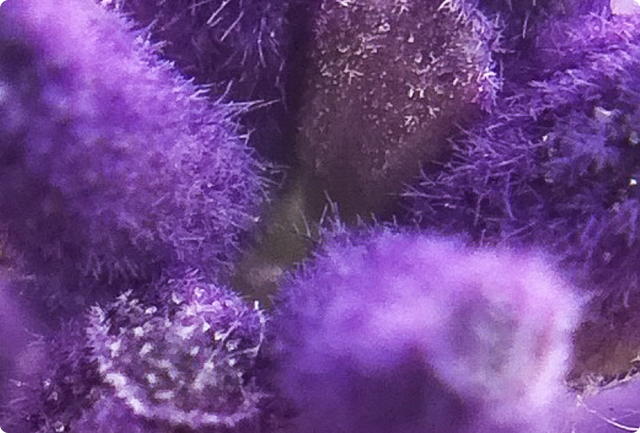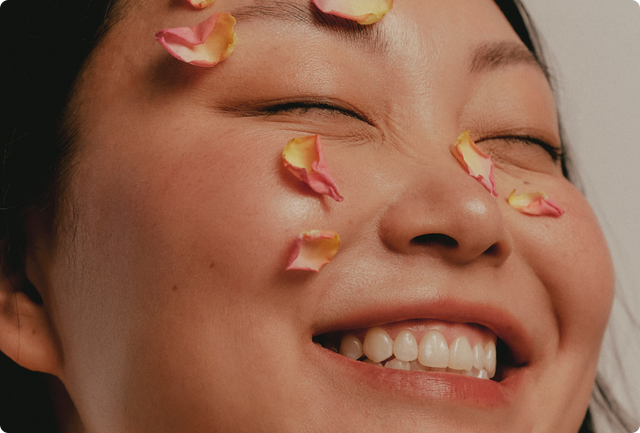About the Plant
Aloe vera is a succulent plant treasured for its thick, juicy leaves filled with clear, gel-like sap. Revered for thousands of years, it’s one of nature’s most iconic healers—used both internally and topically to soothe, hydrate, and repair. Aloe is incredibly rich in water, antioxidants, polysaccharides, and healing compounds that support everything from digestion to glowing skin.
Why You Would Use the Plan
Aloe vera is a powerful multi-tasker. People turn to it when they need:
- Relief from sunburn, inflammation, or skin irritation
- Hydration and repair for dry, damaged, or sensitive skin
- Support for wound healing, minor cuts, or abrasions
- Soothing of digestive discomfort or acid reflux
- A daily digestive tonic to support gut health and regularity
- Gentle detoxification and immune support
Clinical Findings
| Study | Participants & Duration | Key Results | Reference |
|
Psoriasis Management |
Patients using aloe cream topically |
Decreased lesion size, redness, and flaking |
Syed et al., 1996 |
Behind The Science (Made Simple)
Aloe vera supports the body from the inside out—soothing, hydrating, and accelerating healing in a very tangible way.
- Cools and calms the skin: Its gel is rich in polysaccharides and glycoproteins that reduce redness, inflammation, and irritation almost instantly.
How and Where It Grows
Aloe vera thrives in dry, tropical climates and is cultivated globally—from North Africa and the Canary Islands to India, Mexico, and southern U.S. states. It’s a hardy succulent that stores water in its fleshy leaves, making it naturally drought-resistant and incredibly resilient. The inner gel is carefully extracted and processed to preserve its active properties.
Use in Ancient Medicine
Aloe has been used medicinally for more than 4,000 years. In Egyptian, Greek, Chinese, and Ayurvedic traditions, it was prescribed for skin healing, constipation, inflammation, and as an elixir for longevity. Cleopatra was said to use aloe as part of her beauty ritual, and Alexander the Great reportedly carried it into battle to heal wounds.
Symbolism
Aloe vera symbolizes healing, protection, and renewal. Its ability to retain moisture and regenerate after injury has made it a spiritual emblem of resilience and rebirth across cultures. In many healing traditions, it represents purification—of both body and energy.
INFORMATION provided is intended for informational purposes only and is not meant to diagnose, treat, cure, or prevent any disease. Statements have not been evaluated by Health Canada or the FDA. Please consult a qualified healthcare provider before using essential oils for therapeutic purposes.
References
- Syed TA, et al. (1996). Management of psoriasis with aloe vera extract in a hydrophilic cream: a placebo-controlled study. Trop Med Int Health.








